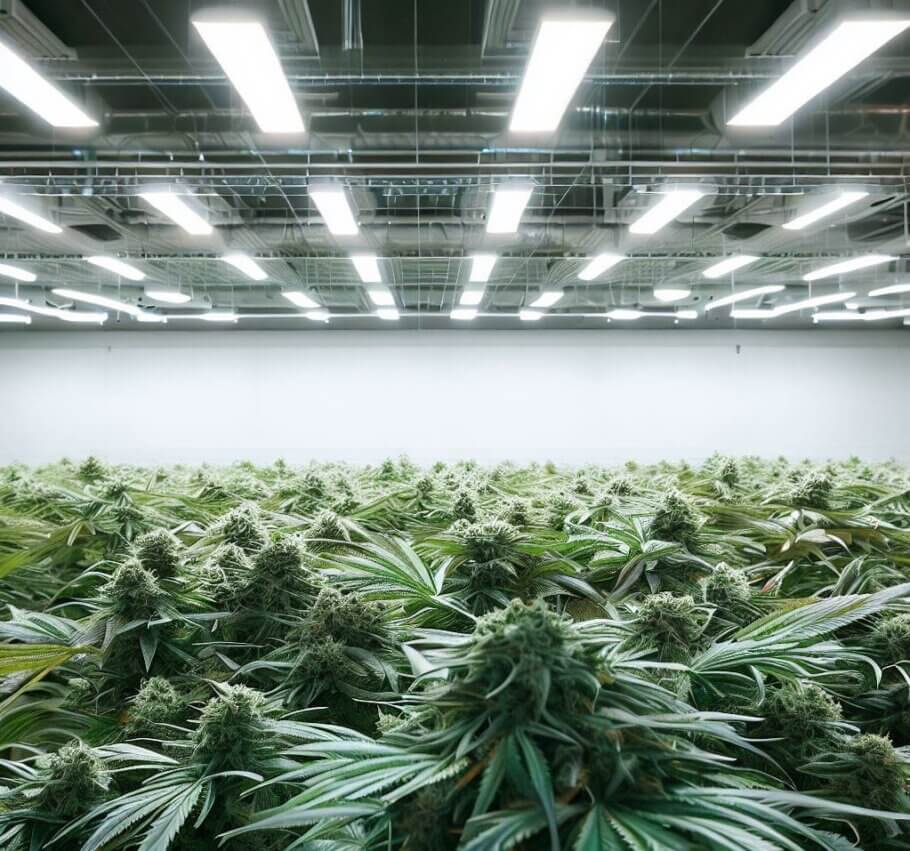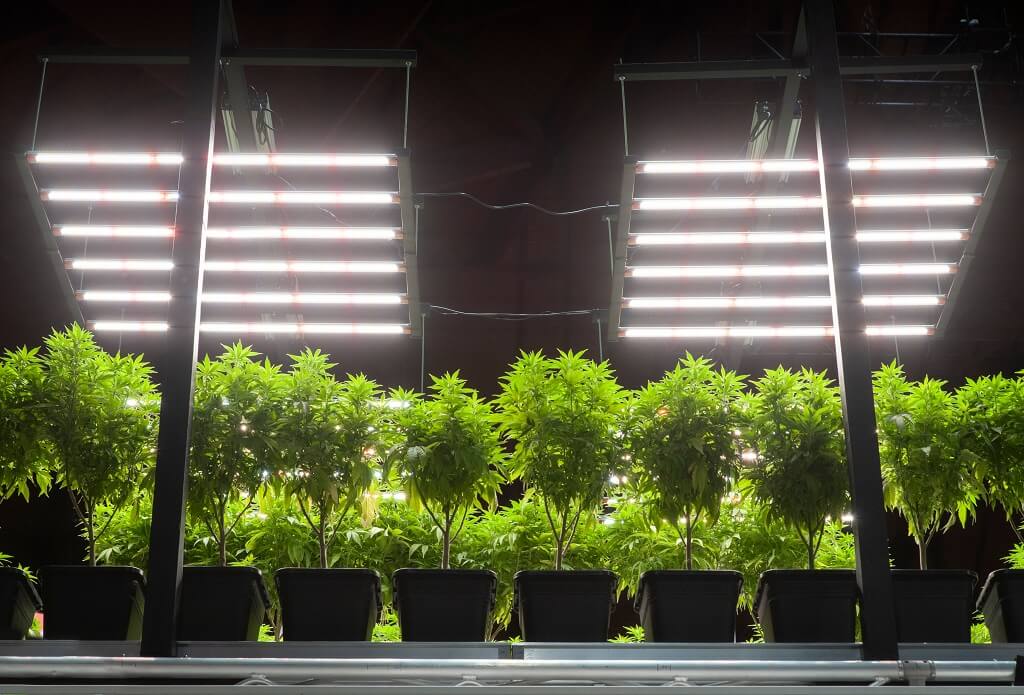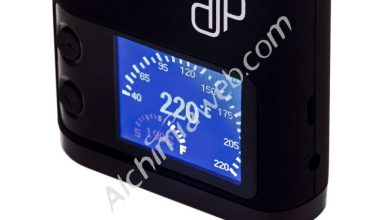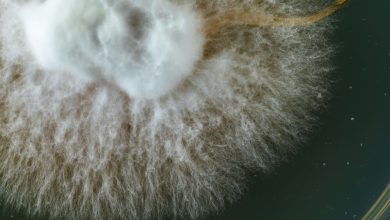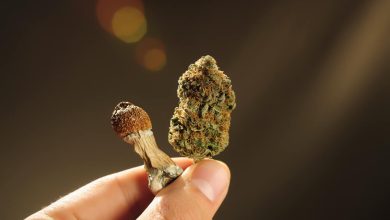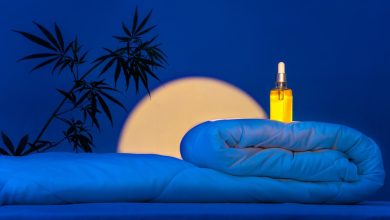How to choose your LED cannabis grow lamp- Alchimia Grow Shop
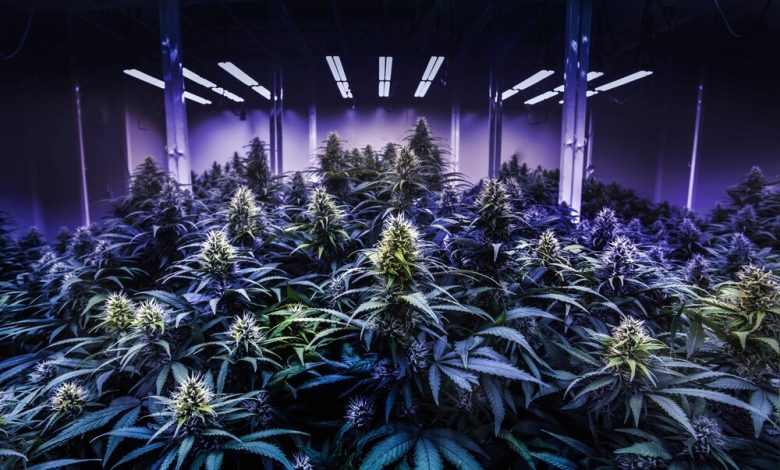
What is the best LED panel for growing cannabis? Without a doubt, in recent years this has been one of the most frequently asked questions in grow shops, fairs, social networks, and internet forums. Choosing an LED grow light can be a daunting task for the uninitiated, especially when looking to acquire home-growing equipment with a good quality-price ratio that meets your expectations.
So, especially when it comes to our first experience with this technology, a lot of doubts may appear, since there are dozens of alternatives on the market, with all kinds of prices and features. Which LED model should you choose? Which one is the most efficient or the one that will give you the best results in your growing space? In the following post, we will make a brief and simple guide on the characteristics to pay special attention to in order not to fail with your choice.
LEDs and additional functions
As we already know, LED panels have multiple advantages, although the acquisition cost may be higher than that of conventional HPS or CMH equipment (ballast + reflector + bulb). However, it is no less true that its maintenance is much cheaper since we must remember that every two or three crops at most we have to replace the bulb of our conventional equipment with a new one due to its loss of efficiency (less production and the same electrical consumption). Thus, we must understand the LED as a long-term investment, which in addition to allowing you to save money on bulbs and increase energy efficiency, will offer you better harvests with a lower cost in the electricity bill (an LED panel can operate without losing efficiency for approximately 50,000 hours).
Furthermore, thanks to the lower heat emission of the LED, the indoor growing season can be extended, and in many areas, it can be done all year round, something that is not feasible with conventional HID equipment without the use of air conditioning. LEDs for professional horticulture aim to imitate natural light from the sun – both in intensity and spectrum – for optimal plant development (growth and flowering), and this spectrum (light that can be assimilated by plants) is much more complete in an LED than in conventional discharge lamps, since a multitude of combinations can be made in their manufacture.
Introduction to growing cannabis with LED
In this post we will focus on explaining how to use the new LED lighting systems along with their advantages and disadvantages for indoor growing. The cultivation of marijuana with LED lights is becoming more and more widespread among cannabis growers, new LED lighting systems are appearing that will give us high performance which we must take into account to get the best results in our indoor crops.
There are many additional functions in LED grow lights, but today we are going to focus more on the basic features, that is, the most important ones. As for additional functions, we can find LEDs with a chain connection of several devices, with sunrise and sunset simulation thanks to controllers, connection to a mobile phone, automatic shutdown function depending on the temperature, etc.
There are a lot of “extra” features and everything will depend on your budget and if you are really interested in these additional options.
Characteristics of a growing LED
The first thing you need to be clear about, in addition to your budget, is the space you want to cover, also called the growing area, footprint, or coverage, which is specified in the description of any LED. There is equipment on the market suitable for growing cabinets or surfaces of 60 x 60cm, 80 x 80cm, 1 x 1m, 1.20 x 1.20m, and 1.5 x 1.5m.
PAIR
PAR (Photosynthetic Active Rationale) is the light that plants can absorb to carry out photosynthesis correctly (wavelengths from 400 to 700nm), which is why not just any LED will do, only those intended for horticulture. A high-power LED without the corresponding PAR for plants will not offer good results in your indoor garden.
Most LEDs for marijuana have a correct PAR for the entire cycle of the plants, and some include – in addition to red diodes for flowering – far red diodes (Emerson Effect) or even UV to finish the harvest with an extra resin.
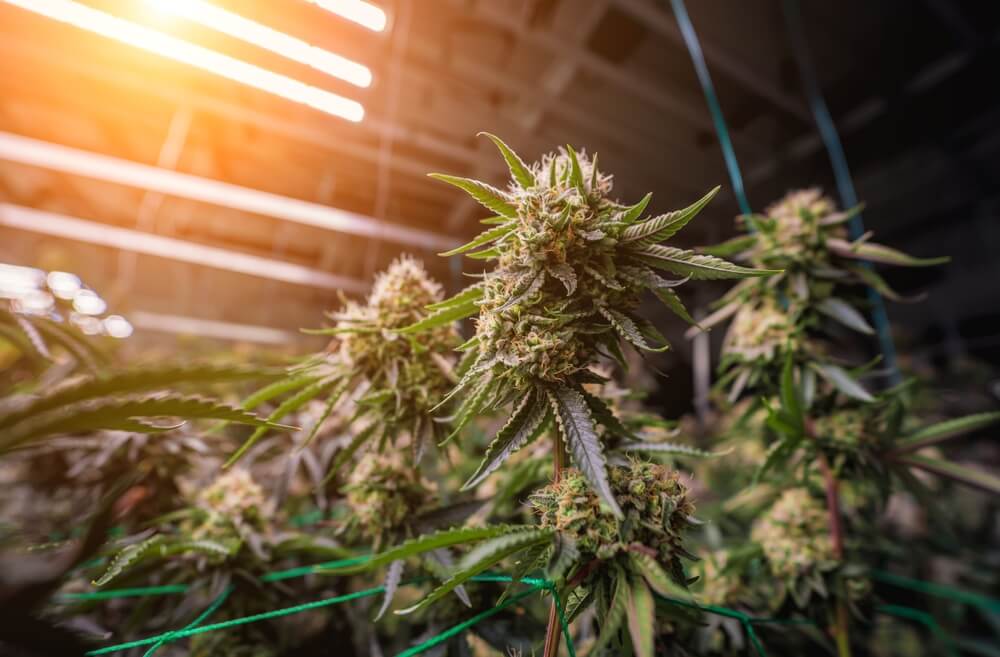
Efficiency
PE/Efficiency (Photosynthetic Efficiency): is the amount of light useful for photosynthesis per unit of energy consumed by the LED, and is expressed in µmol/J. The greater the capacity to produce light that can be assimilated by plants (PAR), the more efficient the LED panel will be.
We can consider an efficient LED from 1.5 µmol/J.
PPF and PPFD
PPF and PPFD are terms used especially in horticulture to describe the light that plants receive and how it can affect their development (growth and flowering).
The PPF ( Photosynthetic Photon Flux ) measures the total amount of useful photons for photosynthesis that the LED emits per second, and is expressed in micromoles per second (μmol/s). This measurement tells us the total amount of photosynthetically active light (absorbable by plants), but it does not indicate how that light is distributed in space or if it is actually reaching the plants. The minimum acceptable values are 400 to 600 μmol/s.
The PPFD ( Photosynthetic Photon Flux Density ) measures how many of these photons useful for photosynthesis reach a specific surface per second, expressed in micromoles per m2 per second (μmol/m²/s). This measurement is essential because it indicates the amount of light that a plant is actually receiving to carry out photosynthesis, which directly affects its growth and flowering. An acceptable PPFD would be from 200 to 400 μmol/m²/s (growth) and from 600 to 1000 μmol/m²/s in flowering.
LED or HID? Important points to consider
LED equipment has evolved a lot over the last few years, offering excellent new features in addition to their well-known virtues, such as low heat generation and greater energy efficiency. Today we tell you what you should take into account when choosing your next lighting system, especially if you can’t decide between traditional HID lamps or LEDs.
Key differences:
- PPF measures the total amount of useful light emitted by the LED (gross)
- PPFD measures the amount of that light on a given surface (the one that reaches the plants)
Both parameters are important in horticulture since optimizing light for plant growth depends not only on the amount of light emitted but on how much of that light is used by the plants. A lamp that produces a lot of light is of no use if it barely reaches the plants!
We summarize the characteristics seen:
- For seedlings (newly germinated), cuttings, and mother plants (maintenance of genetics) we need a PPFD between 200 and 400 µmol/s/m²
- Mother plants and growth phase from 400 to 600 µmol/s/m²
- Flowering: 600 to 1000 µmol/s/m²
The most powerful LED for cannabis?
When we talk about flowering, we reach the 1000 µmol/s/m² barrier, which is the turning point where it is time to apply CO2 if we want to take full advantage of our LED since many cannabis genetics begin to have problems in their development due to excess light from 800-900 µmol/s/m², and they cannot assimilate it without an extra: CO2.
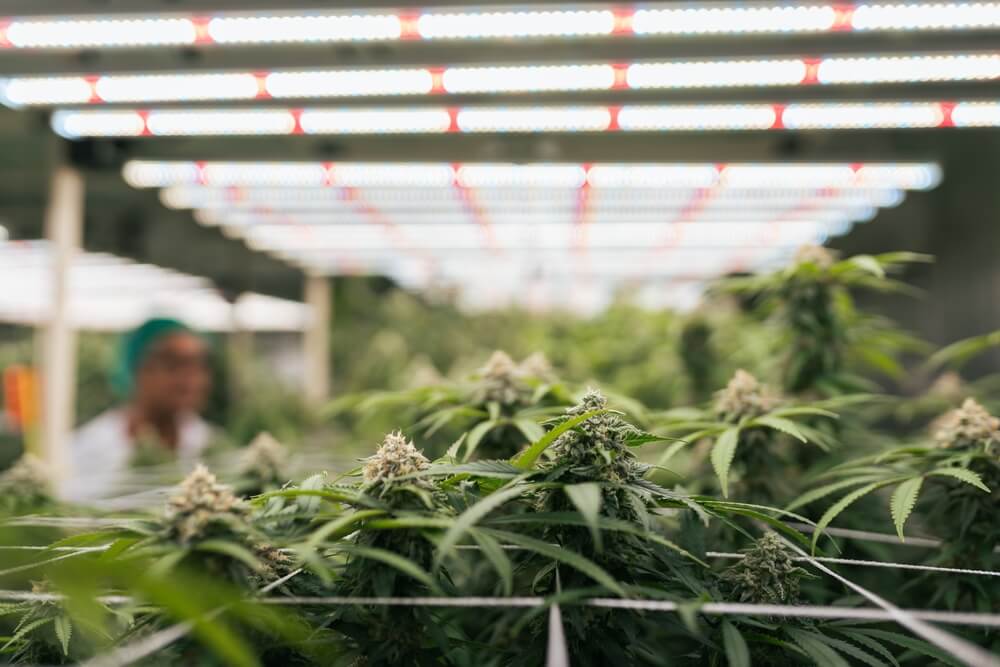
LEDs with PPFD higher than 1000 µmol/s/m2 are for advanced growers or for use at a lower intensity, also to be able to cover a larger area of coverage by placing them at the appropriate distance. When the first LEDs appeared, many did not have a dimmer, while today it is very common; and it is a very important feature to take into account both for saving on the electricity bill and to adapt the light appropriately to the period in which the plants are, as we have seen previously.
Growing lamps and heat emission
Another point to consider is the LED construction design and heat dissipation. There are LEDs integrated into a metal plate or in a “bar” arrangement, and not all of them dissipate heat in the same way; those with a bar structure usually have better heat dissipation, especially if they have a dissipation system made of aluminum. This is an issue to consider depending on the location of the crop since we must remember that LED cultivation appreciates temperatures starting at 25ºC, which are difficult to reach in winter in many areas.
Thanks to the evolution of technology, the driver (LED power supply) can be integrated into the LED structure (hidden), while others are screwed to the skeleton of the panel, which sometimes allows it to be installed outside the cabinet using a longer cable and lower the temperature of the crop by a few degrees if required. There are also models that allow you to attach your old ballast (conventional HPS or HM equipment) to reuse it and allow you to make the jump to LED cultivation in a more economical way; it will not have the efficiency of an original driver, but it will have a better light spectrum and produce less heat, being a good solution in many cases.
Finally, remember that a dimmable LED with a high PPFD also allows us to work at a power lower than 100%, thus increasing its useful life and with less heat emission.
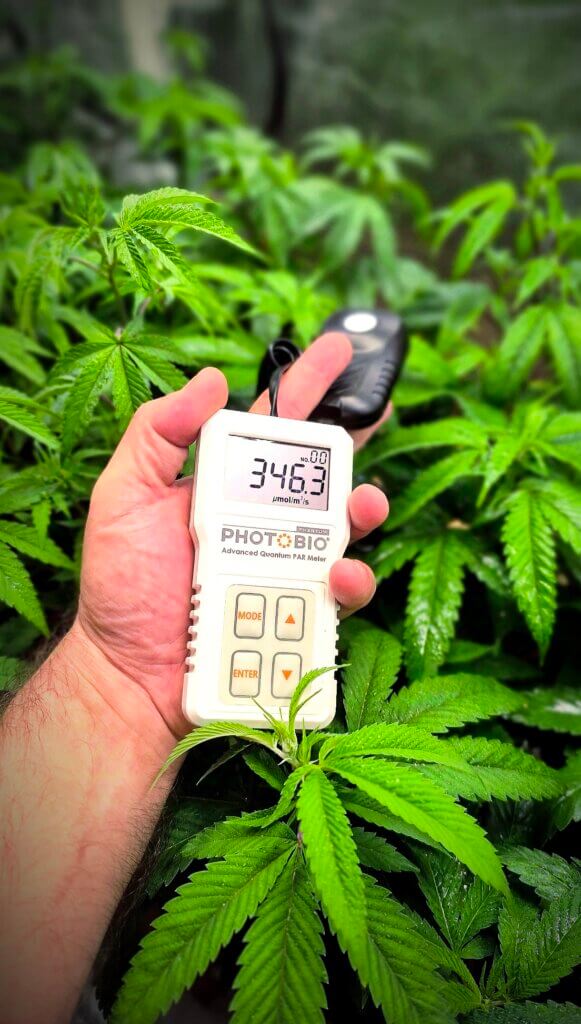
How to optimize LED grow light performance
Now that we know the most important characteristics of this type of lamp and the needs of plants, we know that it is important to apply the correct PPFD at each stage of cultivation. Yes, we know that it is crucial, but how do we know the PPFD of our lamp? The answer is with a PAR light meter, highly recommended to have the exact knowledge at all times of the PPFD that our plants are receiving. The vast majority of growers prefer to invest large sums of money in a high-power, state-of-the-art LED, but without a PAR meter, they carry out the cultivation blindly or by intuition. The PPFD meter is the best possible investment along with the lighting equipment itself to ensure success, let’s not forget it. Yellow plants, petioles with red tones, or calcium and magnesium deficiencies are symptoms of excess PPFD…surely you remember that slogan: “Power is nothing without control”.
The PAR light meter is very easy to use, you just have to turn on the device and position it at the tips of our plants to take the measurements. In this way, we will know at each point the amount of assimilable light that the plants receive, if there is an excess of light or a lack of light so that the meter will help us to accurately apply the PPFD that our plants need at each stage of their development. It will also help us to see how much light the LED emits in each area of the crop/cabinet, for example in the center or in the corners, and to see where the areas with the best lighting are.
As we have said before, not all genetics can withstand the same PPFD, so it is best to apply the standard amount that we mentioned in this post, and then through observation and the meter, we will know the limits of each of our varieties, which will guarantee success and increased production in future crops.
Best-selling LED panels at Alchimia
Finally, we leave you with a list of some of the most popular LED lamps among our customers. As you will see, you can find all kinds of panels with different types of spectrum and power, although after reading the article we are sure that you will have a much clearer idea of which one to choose:
Conclusions
After what has been explained in the post, we can affirm that the best LED for growing marijuana is the one that best suits our budget and needs. The vast majority of LED panels today more than meet the parameters that our plants need. What we do advise from Alchimia is not only to think about your brand-new LED lamp but also to use the PAR light meter and not to neglect the rest of the setup.
Plants not only need light, but they also need a good air renewal system, adequate temperature, and humidity, so it’s not all about the latest generation of LEDs (which also helps), there are many more parameters to ensure a successful crop!
Happy harvest!
